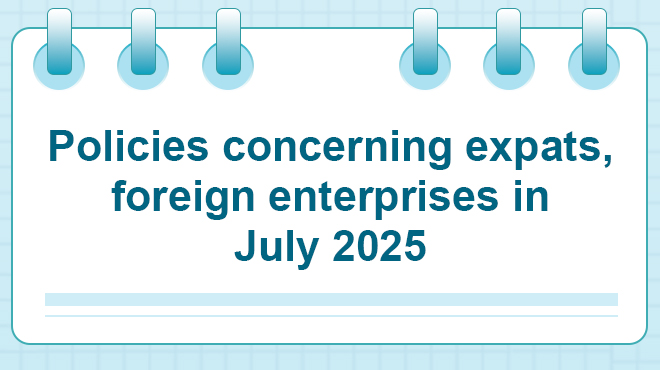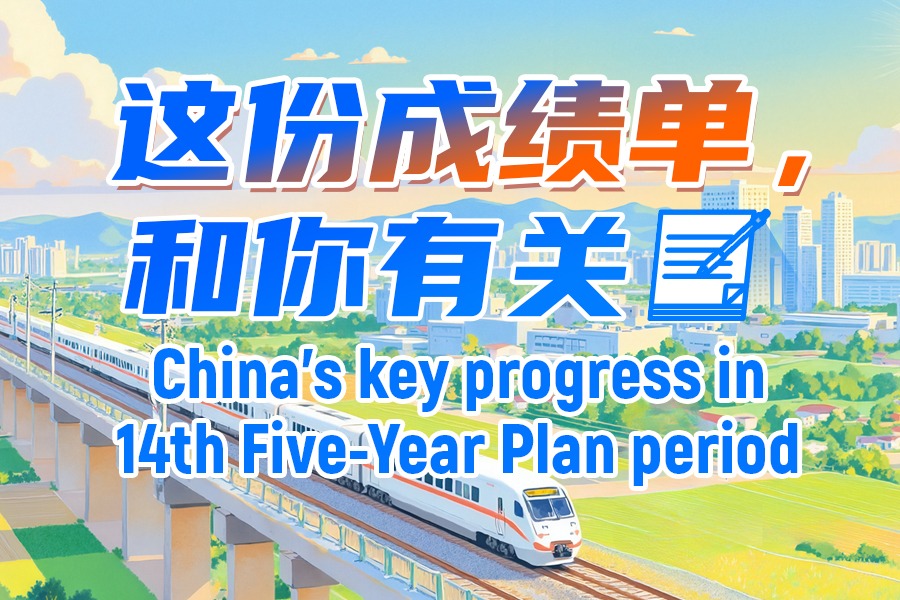宏村:有一种风景叫古宅小巷,穿梭其中可以品味它的前世与今生

BEIJING -- China's Beijing-Tianjin-Hebei region has made remarkable progress in coordinated development across economic, ecological and social sectors, an official told Xinhua Thursday.
In early 2014, China initiated a key strategy to coordinate the development of Beijing, Tianjin and Hebei — a regional city cluster referred to as "Jing-Jin-Ji."
Eleven years later, the region has seen the establishment of 14 innovation platforms and seven national advanced manufacturing clusters, according to an official of the Office of the Central Leading Group for Coordinated Regional Development and the National Development and Reform Commission.
Coordination schemes have also been introduced for industrial chains covering sectors like new energy, high-end instruments, and robotics, the official told Xinhua in an interview.
Transportation infrastructure was upgraded through newly opened railways and highways last year, creating a one to one-and-a-half-hour traffic circle between major cities in the region. Regional airport cluster development has been accelerated as well, handling 150 million passenger trips last year.
On environmental fronts, days with good air quality in the region approached 75 percent last year alongside enhanced surface water quality.
Public services are progressing steadily as well. The social security service of the region has achieved interoperability across designated medical institutions, transportation routes and tourist attractions.
In 2024, the region's gross domestic product reached 11.5 trillion yuan (about $1.6 trillion), which, at current prices, is 2.1 times that in 2013.
The official stressed that the primary task of the coordinated development of the Beijing-Tianjin-Hebei region is to relieve Beijing of non-essential functions related to its status as the nation's capital, and that the Xiong'an New Area has been designed to fulfill that task.
Xiong'an has made significant strides in coordinated development of the region, with Beijing-based universities establishing branch campuses, major Beijing-based hospitals constructing medical complex projects, and central state-owned enterprises initiating operations.
Since China announced plans to establish the Xiong'an New Area in April 2017, it has evolved from a blueprint into a vibrant city. As of the end of 2024, Xiong'an has developed an area of over 200 square kilometers and has drawn investments exceeding 830 billion yuan.
Over 200 community service centers have been established in newly built areas of Xiong'an, creating a "15-minute life circle" that meets residents' basic needs for shopping and leisure, according to the official.
MOST POPULAR
- 1 China unveils 12 new measures to encourage foreign reinvestment
- 2 Hainan Free Trade Port to officially launch island-wide independent customs operation on Dec. 18
- 3 Innovation, solid supply chain attracting FDI
- 4 5 cities aim for global consumption center status
- 5 Courts see big jump in foreign cases







